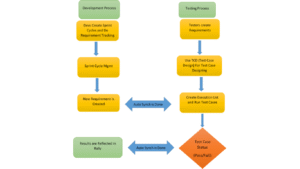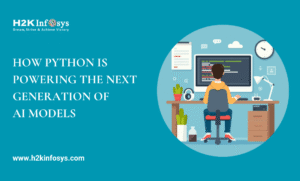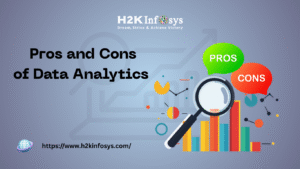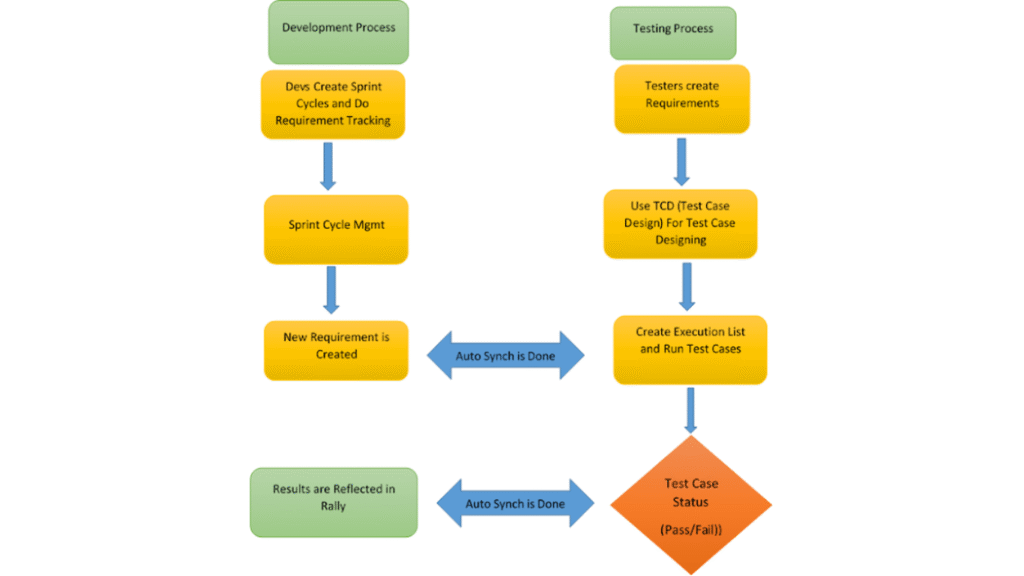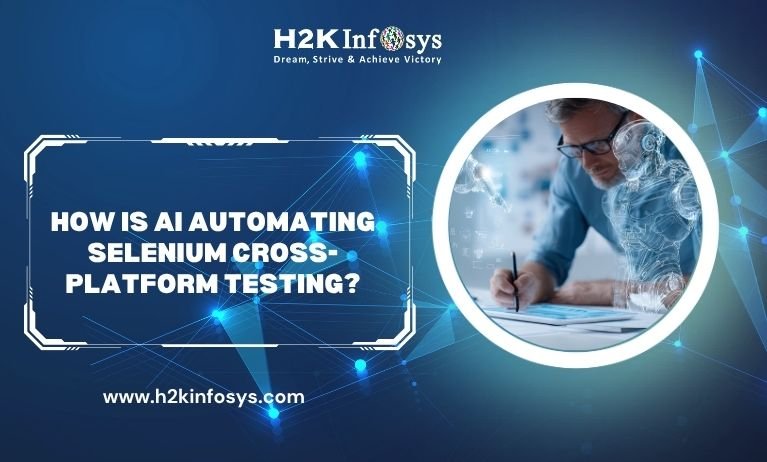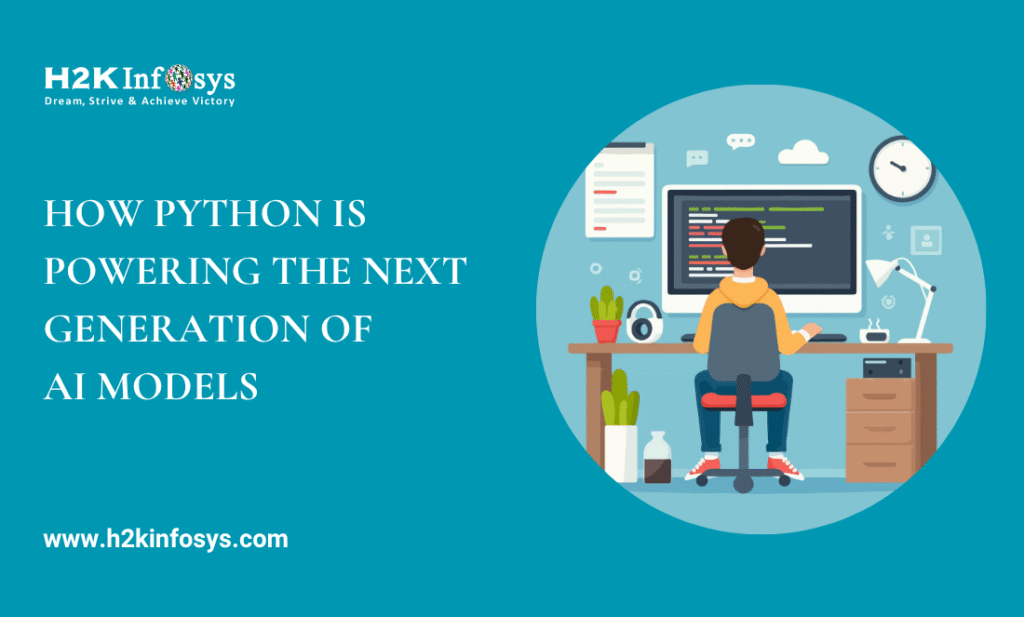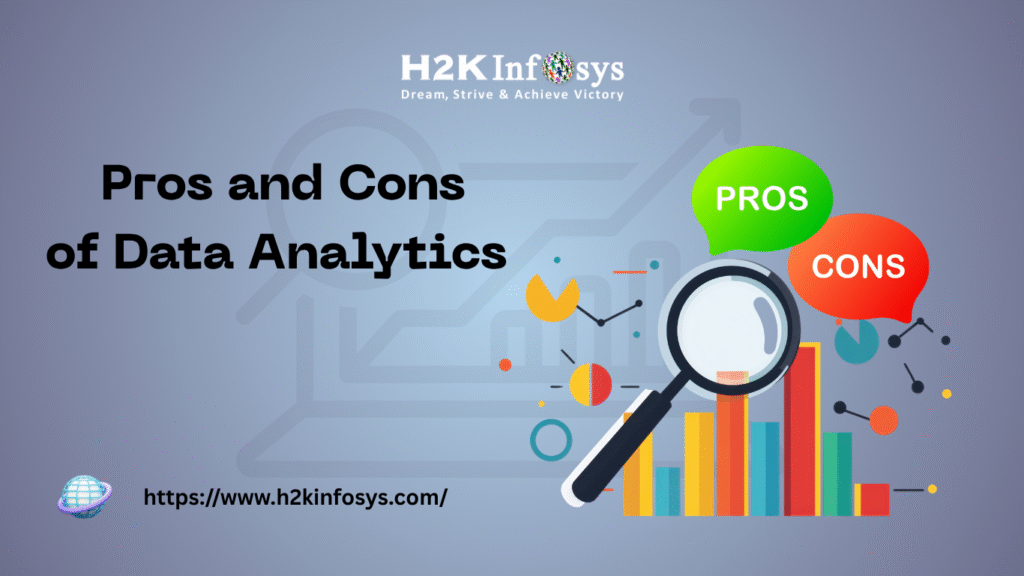Understanding the Software Development Life Cycle (SDLC) is crucial for any software development or QA role. Employers seek candidates who can demonstrate a solid grasp of the various phases, methodologies, and best practices involved in the SDLC. This guide provides a comprehensive list of commonly asked SDLC interview questions and detailed answers to help you prepare effectively.
What is SDLC?
Answer: The Software Development Life Cycle (SDLC) is a systematic process used by software developers to design, develop, and test high-quality software. It consists of several distinct phases, including planning, analysis, design, implementation, testing, deployment, and maintenance.
Can you name the different phases of the SDLC?
Answer: The different phases of the SDLC typically include:
- Planning
- Requirement Analysis
- System Design
- Implementation (or Coding)
- Testing
- Deployment
- Maintenance
Why is the planning phase important in SDLC?
Answer: The planning phase is crucial because it sets the foundation for the entire project. During this phase, project goals are defined, feasibility is assessed, project scope is determined, and initial project timelines and resources are allocated. This helps in ensuring that the project has clear objectives and a structured approach, which can prevent scope creep and other issues later on.
What is requirement analysis?
Answer: Requirement analysis involves gathering and analyzing the needs and requirements of stakeholders to ensure the final product meets their expectations. This phase includes activities like requirement elicitation, documentation, validation, and management. The outcome is a detailed specification document that guides the subsequent design and development phases.
How does the design phase differ from the implementation phase?
Answer: The design phase focuses on creating architectural and detailed design specifications for the software. This includes defining the system architecture, data models, interfaces, and algorithms. The implementation phase, on the other hand, involves actual coding and converting design documents into functional software components.
How do you measure the success of an SDLC project?
The success of an SDLC project is typically measured by several key factors:
- Meeting Requirements: The final product should meet all specified requirements and deliver the expected functionality.
- Staying Within Budget: A successful project remains within the allocated budget.
- On-Time Delivery: Delivering the project on or before the deadline is crucial for project success.
- User Satisfaction: The end-users should find the software intuitive and beneficial.
- Minimal Defects: A high-quality product should have minimal bugs or defects.
What are some common SDLC models?
Answer: Some common SDLC models include:
- Waterfall Model
- V-Model (Verification and Validation)
- Incremental Model
- Agile Model
- Spiral Model
- DevOps Model
How does the Waterfall model differ from the Agile model?
Answer: The Waterfall model is a linear and sequential approach where each phase must be completed before the next one begins. It is suitable for projects with well-defined requirements. The Agile model, however, is iterative and incremental, allowing for flexibility and continuous feedback. Agile is suitable for projects where requirements may evolve over time.
What is the purpose of the testing phase in SDLC?
Answer: The testing phase aims to identify and fix defects or bugs in the software to ensure it meets the required quality standards and functions as expected. This phase involves various levels of testing, including unit testing, integration testing, system testing, and acceptance testing.
Explain the concept of maintenance in SDLC.
Answer: Maintenance involves making updates, improvements, and bug fixes to the software after it has been deployed. This phase ensures the software continues to function correctly and efficiently over time. It includes activities like correcting defects, enhancing functionality, and ensuring compatibility with new technologies.
What are the benefits of using an SDLC?
Answer: Using an SDLC provides several benefits, including:
- Structured and organized approach to software development
- Clear documentation and traceability
- Improved project planning and management
- Higher quality and reliability of the software
- Better risk management
- Efficient resource utilization
What is a use case in the context of SDLC?
Answer: A use case is a description of how a user will interact with a system to achieve a specific goal. It outlines the functional requirements by detailing the interactions between the user and the system. Use cases help in understanding user needs and ensuring the system meets those needs effectively.
Can you explain the concept of prototyping in SDLC?
Answer: Prototyping involves creating a preliminary version of the software to visualize and test functionalities before the actual development begins. This approach helps in identifying and addressing issues early, gathering user feedback, and refining requirements. Prototyping is often used in iterative and incremental models like Agile.
What are the key differences between verification and validation?
Answer: Verification focuses on ensuring that the software is being built correctly according to specifications and design documents. It involves activities like reviews, inspections, and walkthroughs. Validation, on the other hand, ensures that the software meets the user’s needs and requirements. It involves actual testing of the software in real-world scenarios.
How do you handle changing requirements during the SDLC?
Answer: Handling changing requirements involves implementing a flexible and adaptive approach, such as Agile. This includes regular communication with stakeholders, iterative development, and maintaining a prioritized backlog of requirements. Change management processes and tools can also help in tracking and managing changes effectively.
What are some common risks associated with SDLC, and how can they be mitigated?
Answer: Common risks include scope creep, time and budget overruns, technical challenges, and resource constraints. These risks can be mitigated by:
- Clear and detailed requirement documentation
- Regular project reviews and updates
- Effective communication and stakeholder involvement
- Risk management plans
- Adequate testing and quality assurance processes
Conclusion
Mastering SDLC concepts and being able to articulate them clearly in an interview is essential for a successful career in software development and QA. By preparing for these questions and understanding the underlying principles, you can demonstrate your knowledge and readiness for tackling software development challenges. For hands-on learning and deeper engagement with SDLC concepts, consider enrolling in SDLC Software training at H2K Infosys. With expert instructors, real-world case studies, and practical applications, H2K Infosys prepares you to succeed in SDLC





